

Kesariya Buddha Stupa, located in the East Champaran district of Bihar, is recognized as one of the tallest stupas globally, standing approximately 104 feet tall. This ancient structure is not just an architectural marvel but also holds deep historical and religious significance. The stupa marks the place where Lord Buddha is believed to have delivered his final sermon before achieving Nirvana, making it a sacred site for Buddhists around the world. Visiting Kesariya Stupa is an opportunity to connect with the teachings of the Buddha and to experience the serene ambiance that surrounds this monumental site. As one of India’s prominent Buddhist landmarks, it draws thousands of pilgrims and tourists every year. The stupa’s size, design, and spiritual importance make it an awe-inspiring destination for anyone interested in Buddhism, history, or ancient Indian architecture.
The Kesariya Buddha Stupa dates back to the 3rd century BCE and is a representation of Emperor Ashoka’s dedication to spreading Buddhism. Initially believed to be built by Ashoka, the stupa was later expanded during the Kushan and Gupta periods, each contributing to its grandeur. This stupa is said to mark the spot where Buddha rested and delivered his last sermon before his final journey to Kushinagar. Archaeological studies reveal that the stupa’s structure has gone through various transformations over centuries, showcasing architectural elements from different periods of history.
The stupa itself serves as a repository of Buddha’s teachings, embodying his compassion and wisdom. The structure’s layers symbolize the cycle of life, death, and rebirth central to Buddhist philosophy. Historical records suggest that Kesariya was an important center for Buddhist learning, drawing monks, scholars, and devotees from across Asia. It also served as a significant stop on ancient trade routes, facilitating cultural and religious exchanges. Today, Kesariya Stupa stands as a symbol of India’s commitment to preserving its cultural heritage and continuing the message of peace that Buddha shared with the world.
Timings: 6 AM - 6 PM

| Best Time to Visit: October to March is the ideal period to visit Kesariya Stupa, as the weather is cool and conducive for outdoor exploration. During these months, the stupa receives a high number of pilgrims and tourists, especially during Buddhist festivals that add a festive atmosphere to the site. |
| By Air: The closest airport is Patna Airport, about 140 kilometers away, from where taxis or buses can be hired. |
| By Train: The nearest railway station is Motihari, well-connected to major cities and a convenient access point. |
| By Road: Kesariya is accessible via road, with regular bus services from Patna, Motihari, and other cities in Bihar, making it an easily reachable destination. |

Kesariya Buddha Stupa is more than a historical structure; it is a spiritual monument that holds great reverence in the Buddhist faith. Pilgrims regard it as a sacred place of worship, as it is associated with Buddha’s final sermon—a moment of profound importance in his teachings. The stupa’s architecture is designed to foster contemplation and inner peace, making it an ideal spot for meditation and spiritual reflection. Visitors often describe the site as enveloped in a sense of calm, ideal for individuals seeking tranquility and spiritual insight. The teachings engraved on the stupa symbolize the timeless values of kindness, wisdom, and peace, reflecting the essence of Buddhism.
Impressive Architecture:
The architectural scale of the Kesariya Buddha Stupa is nothing short of remarkable. With its impressive height and circumference, it is often compared to the famed Sanchi Stupa. The stupa’s circular design reflects Buddhist teachings on the continuity of life, encouraging visitors to meditate upon life’s impermanence. The structure consists of multiple terraces, each adorned with intricate carvings and statues of Buddha in various poses, symbolizing different stages of enlightenment.
Nearby Temples:
The Kesariya site is surrounded by several smaller temples, each carrying historical and spiritual significance. These temples complement the grandeur of the stupa and add depth to the area’s religious ambiance. Together, they paint a picture of Kesariya’s past as a bustling religious center where pilgrims from all corners would gather to pay homage and seek enlightenment.
Archaeological Sites:
Recent excavations around Kesariya have revealed artifacts, such as pottery, coins, and ancient tools, which highlight the daily life and practices of the communities that once thrived here. These discoveries provide insights into the region’s rich cultural and economic background. The findings have further enhanced the historical significance of Kesariya and draw the attention of archaeology enthusiasts worldwide.



"Discover serenity at ISKCON Patna – a spiritual haven where devotion meets peace in the heart of Bihar's capital."
For more details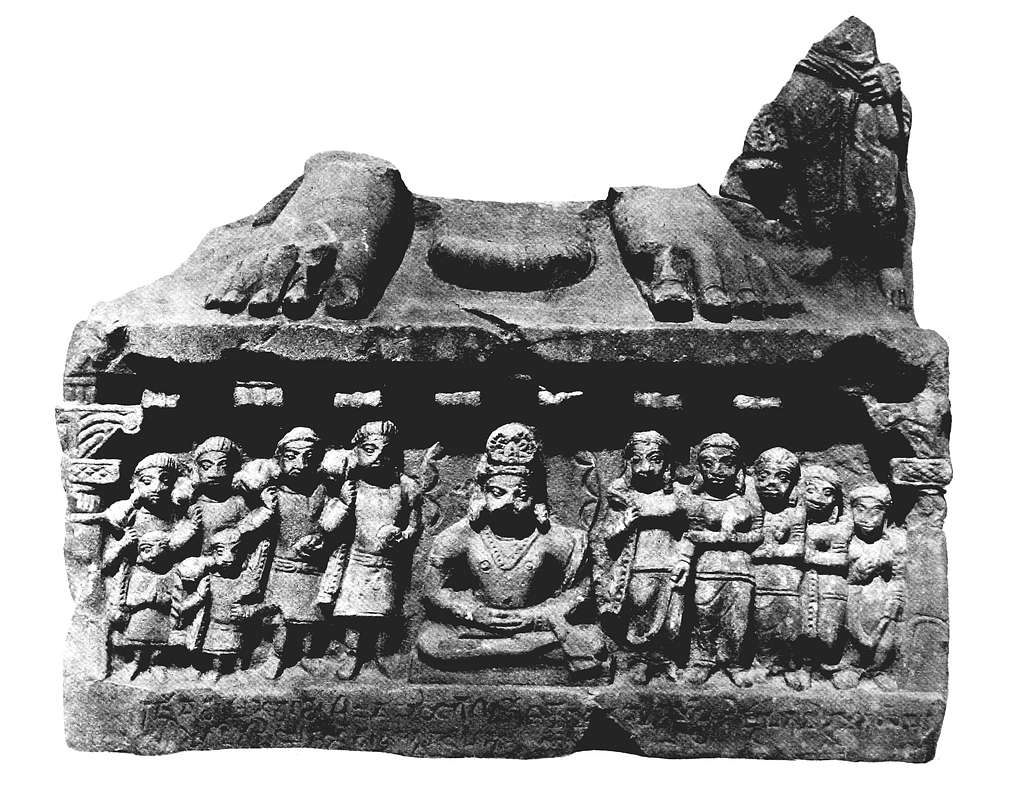
"Explore Patna Museum – a journey through Bihar's rich heritage, ancient artifacts, and timeless treasures of India's glorious past."
For more details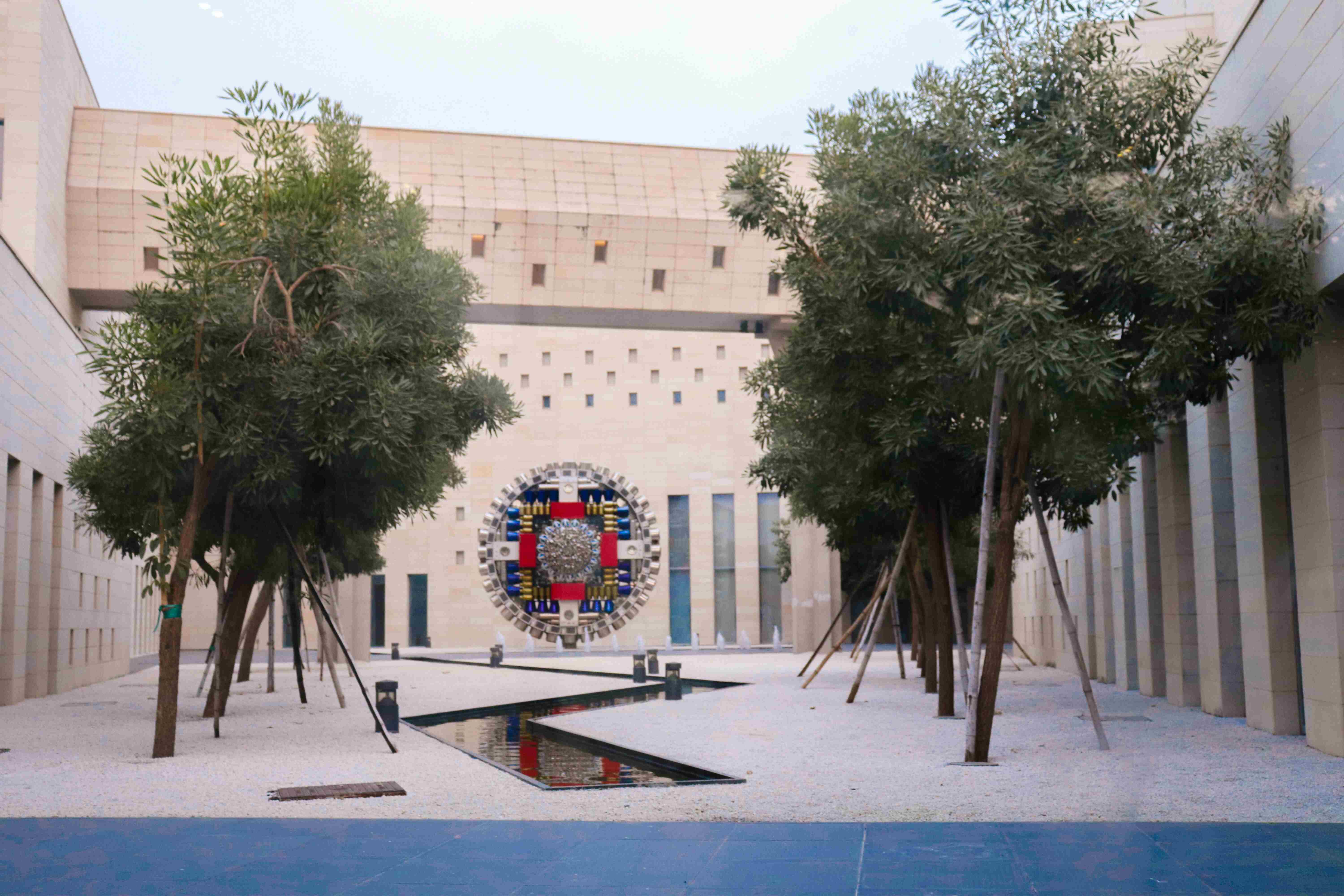
"Discover Bihar Museum – where history, art, and culture come alive, showcasing the vibrant legacy of Bihar’s ancient past."
For more details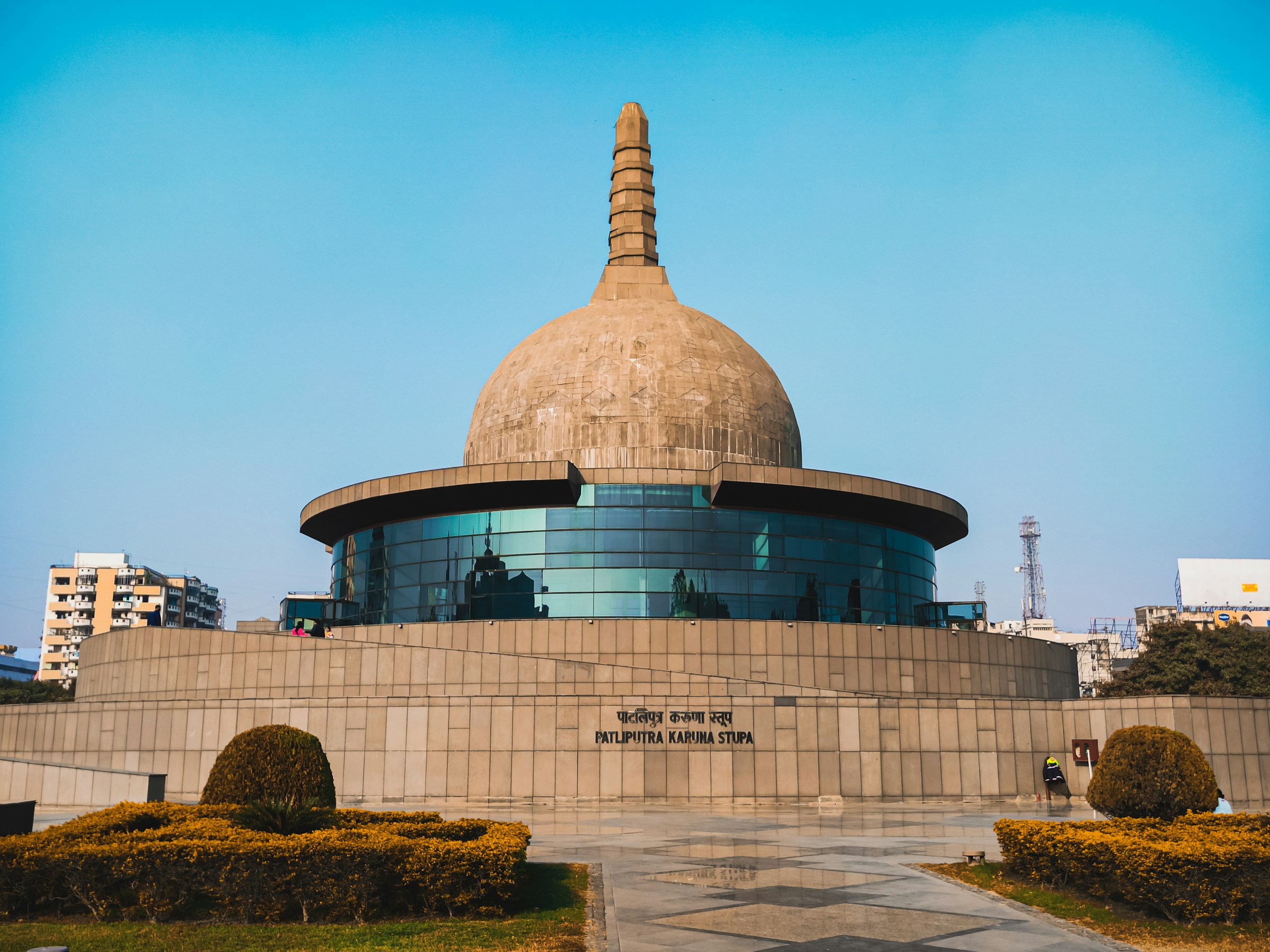
"Experience tranquility at Buddha Park – a serene escape in Patna, where peace and spirituality blend with natural beauty."
For more details
"Explore Patna Zoo – a lush green sanctuary where wildlife, nature, and adventure come together for a perfect family day out."
For more details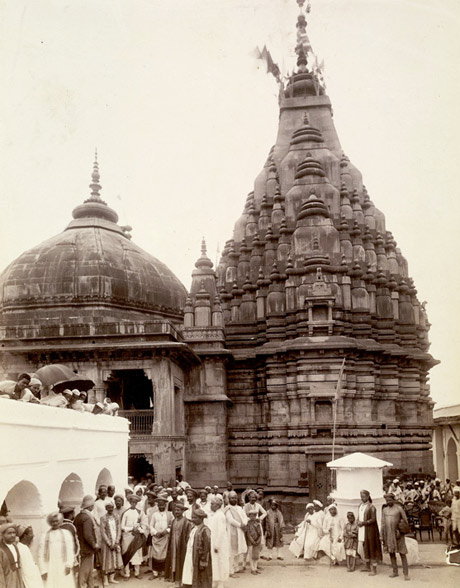
"Visit Vishnupad Temple – a sacred pilgrimage where devotion meets history, nestled in the spiritual heart of Gaya."
For more details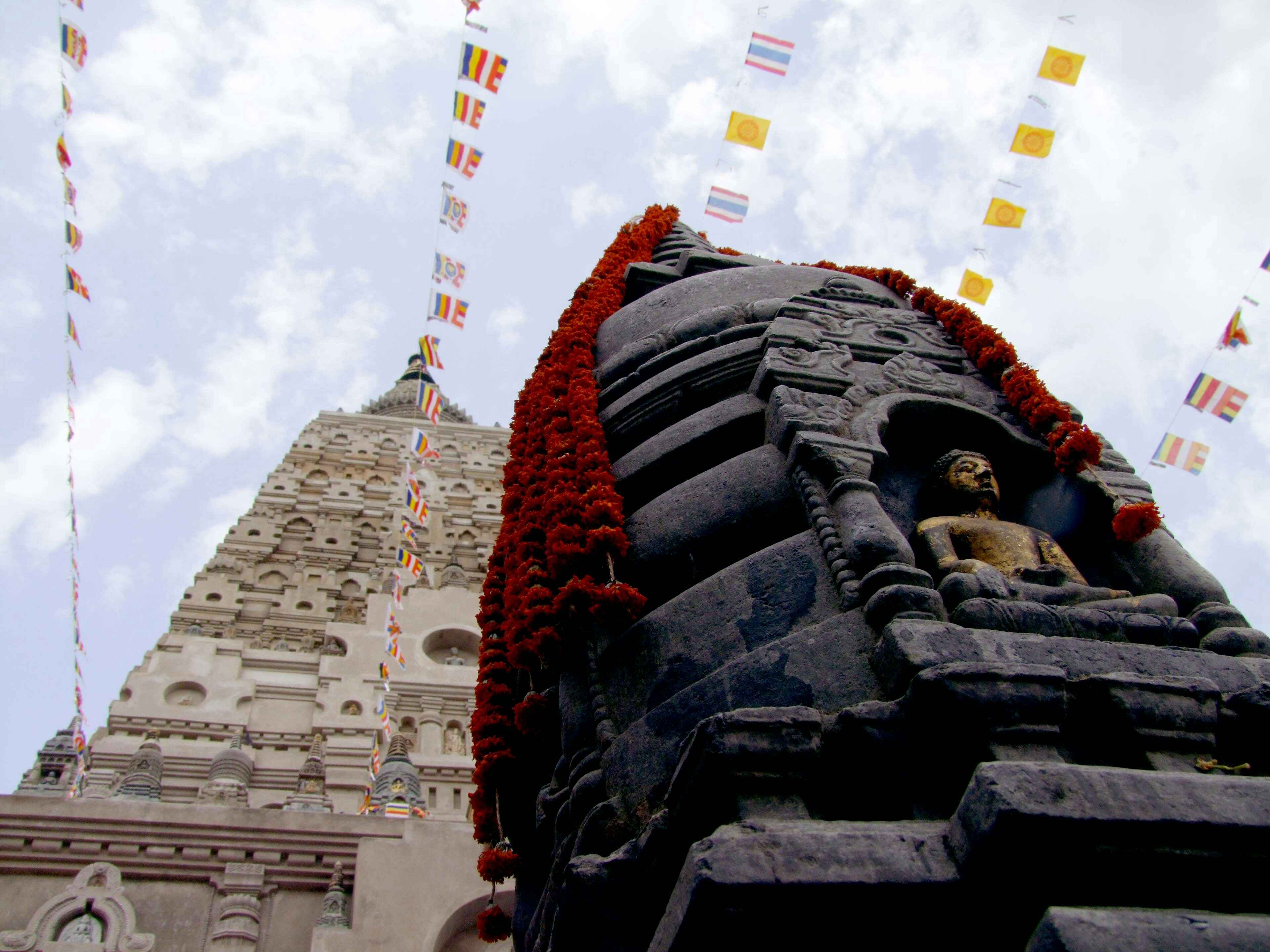
"Visit Mahabodhi Temple – a sacred pilgrimage where devotion meets history, nestled in the spiritual heart of Bodh Gaya."
For more details
"Discover Ghora Katora – a peaceful lakeside retreat near Rajgir, where nature’s beauty and serenity offer a perfect escape."
For more details
"Uncover the mystery of Barabar Caves – India’s oldest rock-cut caves, steeped in history and ancient Buddhist heritage."
For more details
"Explore Dungeshwari Cave Temples – sacred ancient caves where Lord Buddha meditated, offering spiritual peace and historical significance near Bodh Gaya."
For more details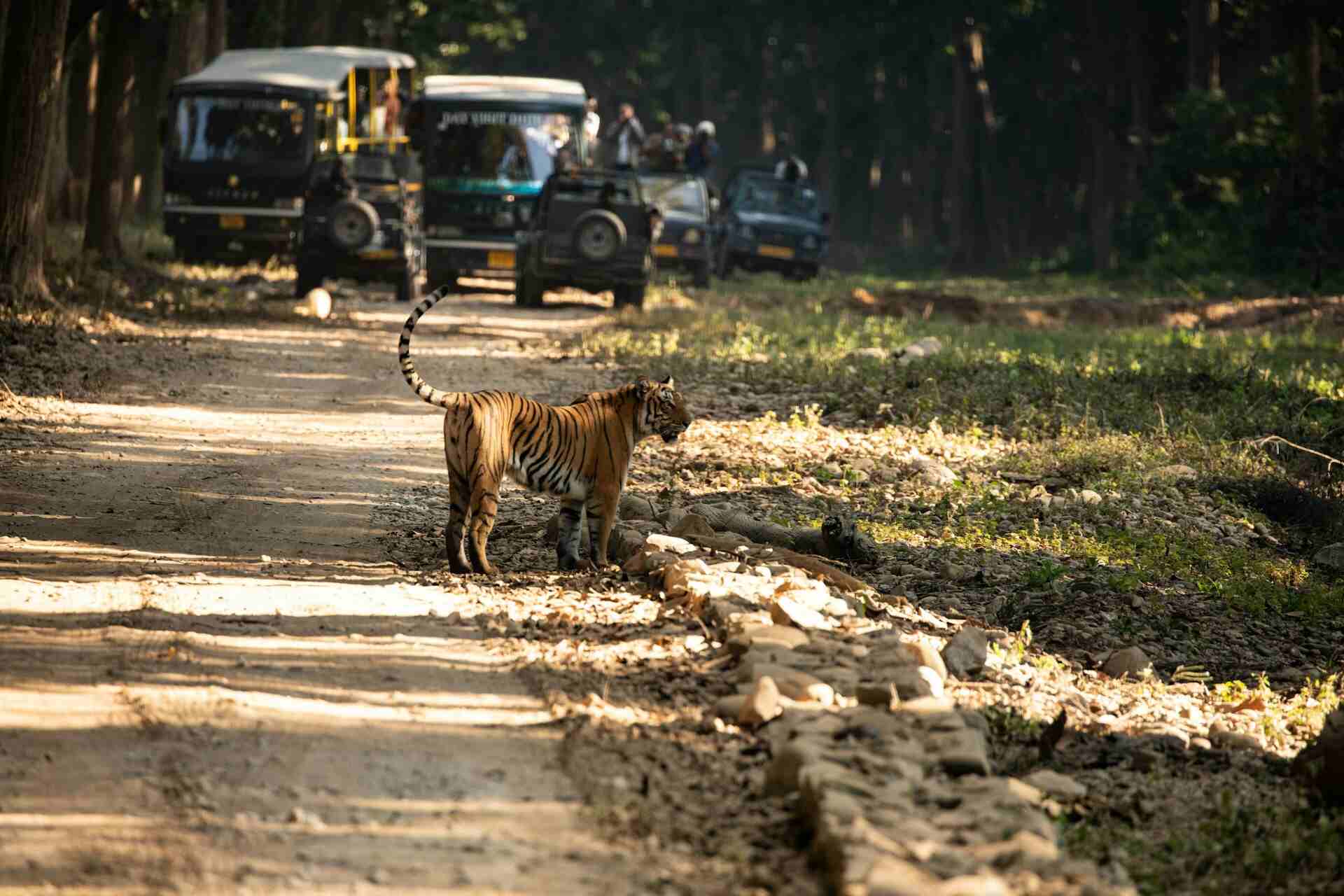
"Embark on an adventure at Rajgir Safari – a thrilling wildlife experience amidst the natural beauty and hills of Rajgir."
For more details